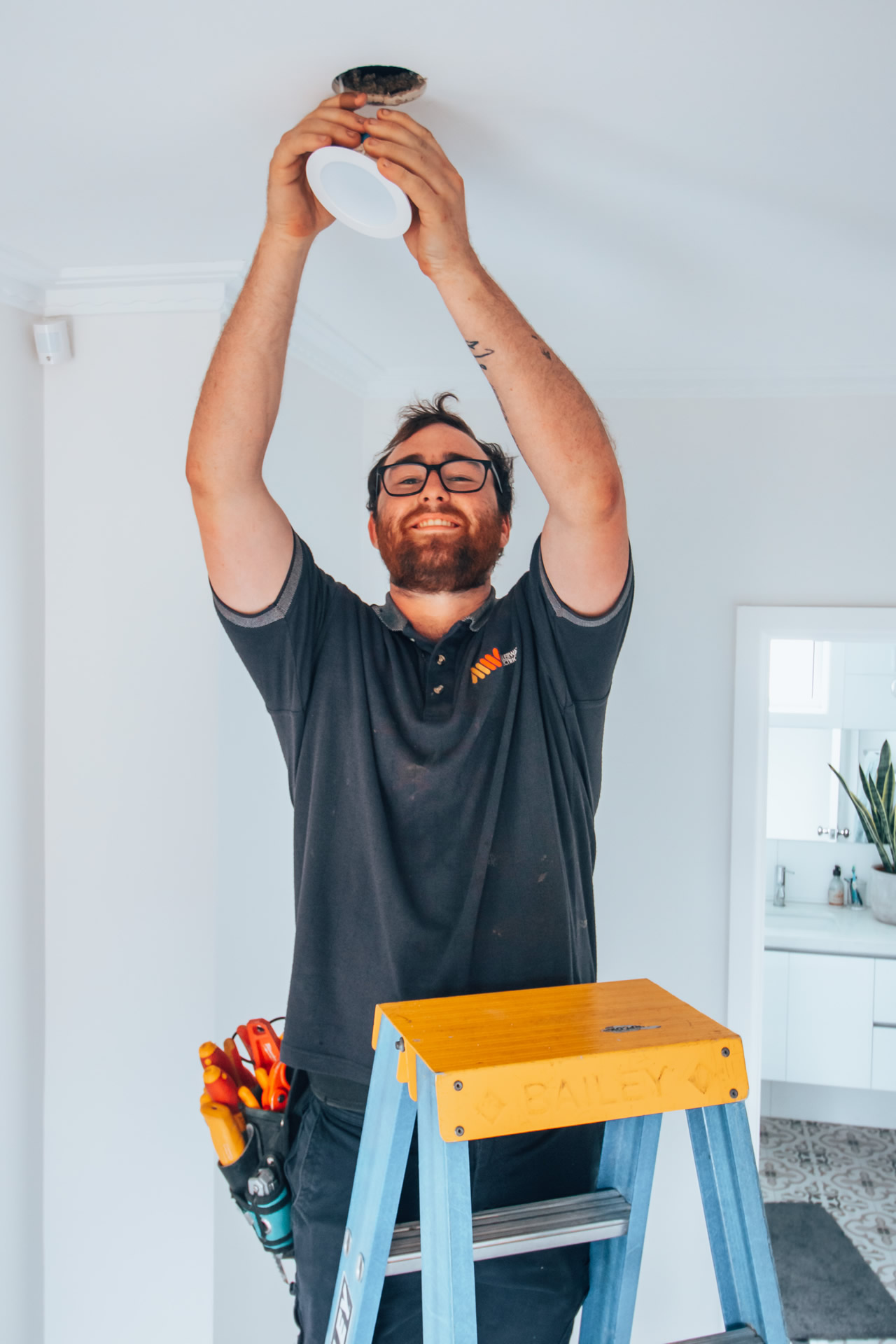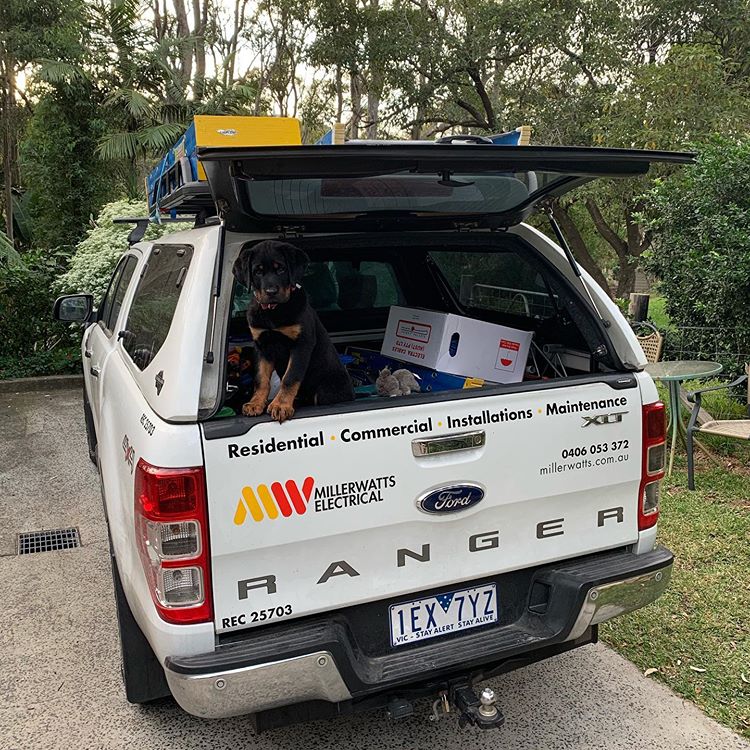Test and Tagging
Did you know that in Australian workplaces all electrical devices should be tested and tagged? And to ensure that this extremely important job is performed up to the highest standard, there is no other company as good as Millerwatts Electrical. Our qualified technicians can come and efficiently test all your electrical circuits.

What is test and tagging?
Well, it is the name given to the process of visually inspecting and electrically testing in-service electrical equipment. This ensures that the cable, and plugs are safe and secure to ensure that people are safe around the equipment. The aim of test and tagging is to determine that the device or appliance is electrically safe for personal use. For this there are several components. First, a visual inspection of the device or appliance is completed. This checks for defects such as damage or missing components. Then a few electrical tests are performed. These test and measure earth continuity, insulation resistance and polarity and are completed using a Portable Appliance Tester. Once the testing has been completed, the device or appliance is then “tagged”, where a tag is placed on the device, or cord that confirms that it has been tested, the person who is testing it, the test date and when the next test is due.
All testing in Australia (and for that matter, New Zealand) is completed using a Standard: AS/NSS 3760:2020 “In-service inspection and testing of electrical equipment. This Standard provides guidelines and regulations for the test and tag industry and how test and tagging is to be performed in reference to electrical safety of appliances. It also sets out recommendations around test and tagging intervals and explains who can test and tag as well as providing some general guidelines.
Millerwatts Electricians are all qualified “test and taggers” and stay up to date with Standard to ensure that test and tagging is performed up to the highest standard in your workplace.
Even though test and tagging is not a legislative requirement for workplaces, with the exception of industries such as construction, demolition and mining who need their appliances tested and tagged every three months, employers do have a duty of care to ensure the safety of their workforce. This means that if someone was hurt from an appliance that wasn’t tested and was unsafe, the employer could be found liable, therefore it is really important that employers have their portable electrical appliance tested.
Basically, any device that has a:
- Flexible cable
- Removable plug
- That is not low voltage.
- Are an extension lead, cord set or portable RCD.
There are two basic classes of appliances:
Class 1 – these are earthed appliances such as kettles, irons or toasters.
Class 2 – these are double insulated appliances such as electric drills or hair dryers.
New appliances, on the other hand, do not need to be tested, just visually inspected.
What type of equipment is tested and tagged?
It’s worth noting that most defects or faults are usually found during the visual inspection of the electrical appliance, which is conducted before you even use your appliance tester. The primary reason behind doing testing and tagging is to ensure the safety of the people in the workplace encountering the appliance, while also minimizing the risk of an electrical hazard.
Millerwatts Electricians take your business and employees safety very seriously and never take any shortcuts. So give us a call today to get your equipment tested and tagged by a true professional.

